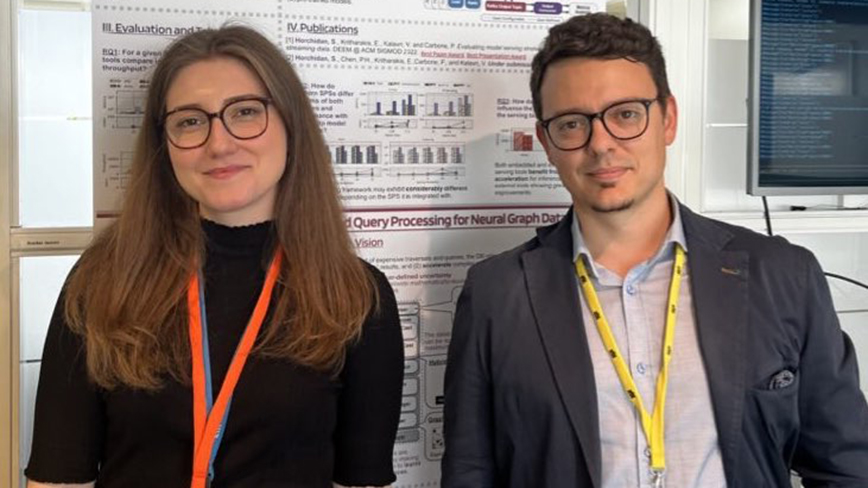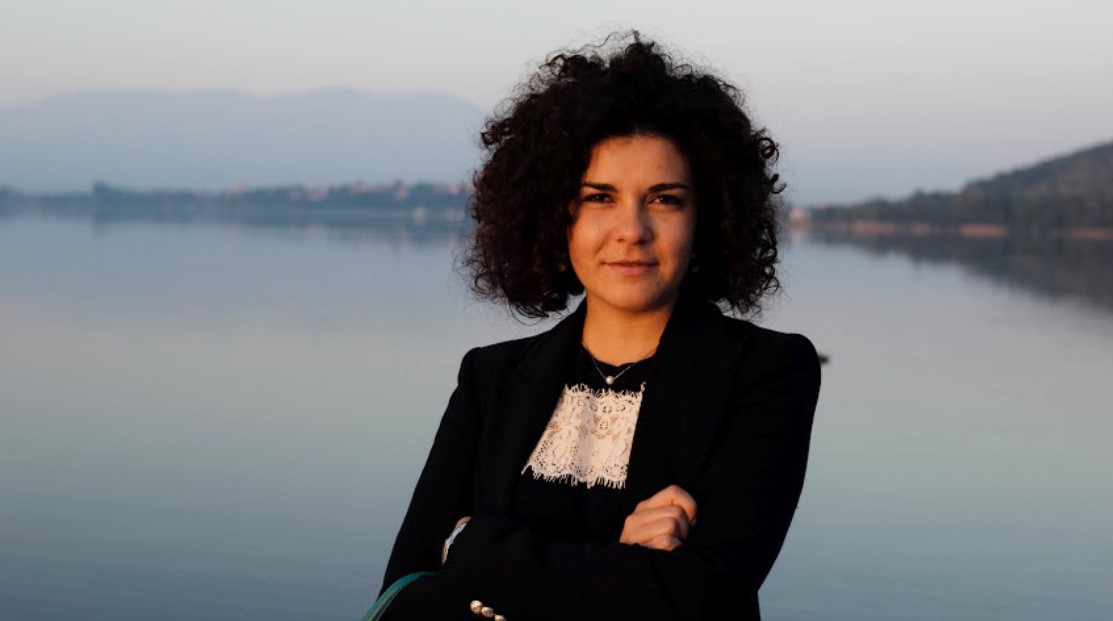Elevated credibility in AI-generated information

A new graph database management system is under development at KTH. Using graph technology in combination with artificial intelligence (AI), the system could assist in planning everything from healthcare to smart cities with a built-in trust feature.
In the Orb DB datasystem, users can input data in graph format and ask questions. The system uses AI technology to enhance the responses and expedite the process. As a user, you can also determine the maximum allowable error percentage you permit the system to make, thereby establishing trust.
Orb DB incorporates trust because the results in the database are linked to uncertainty or confidence scores that are statistically reliable. The system informs the user about the likelihood of an answer being correct.
"I'm truly passionate about this research because it is built on a foundation of trust, which sets it apart from other AI-based datasystems," says Sonia Horchidan, a doctoral student who developed the system under the guidance of Paris Carbone, an assistant professor responsible for the Data Systems Lab lab at KTH.
Trust is a crucial factor
When it comes to the applications of the system, by storing and processing data that models real-world phenomena or applications, there is a wide range of potential uses.
"Orb DB can assist in scenarios where data is incomplete and queries are computationally expensive. The system can approximate complex queries via Machine Learning inference while giving control over the predictions to the database user. Orb DB will offer a certain degree of transparency, as opposed to most predictive or generative systems today," says Horchidan.
For example, a user can issue a query to assess the need for new traffic signals based on congestion at various intersections throughout the city. However, the data might have been collected for some intersections due to resource constraints or technical limitations, leaving others without any information. These gaps in the data can hinder the planning abilities if traditional solutions are used. Orb DB can complete the data by inferring the missing measurements for each intersection and predict the need for traffic signals. Moreover, the planner can be confident in the predictions they get. If they set a maximum allowed error of 5 percent, Orb DB will adapt its predictions to ensure that the true value is within the output with 95 percent confidence.
"Orb DB has the ability to materialise what's known as a virtual twin of reality while simultaneously enabling trust. It could significantly impact healthcare and accelerate the development of smart cities," says Paris Carbone.
Sonia Horchidan recently won the award for the best paper at the doctoral workshop at t the International Conference on Very Large Data Bases in Vancouver, Canada, and the team is now looking for students and researchers to develop it further.
Related news

AI fixes security flaws – KTH wins prestigious award
Can AI fix security flaws before hackers strike? KTH researchers say yes—and their breakthrough won the Best Paper Award 2023 from IEEE Transactions on Software Engineering. By using AI to automate se...
Read the article
Postdoc Francesca Larosa secures prestigious MSCA European Fellowship for her project, LIBRA
Francesca Larosa is a Digital Futures postdoctoral researcher at Engineering Mechanics, KTH, and KTH Climate Action Centre. Francesca’s work revolves around the intersection of artificial intelligence...
Read the article